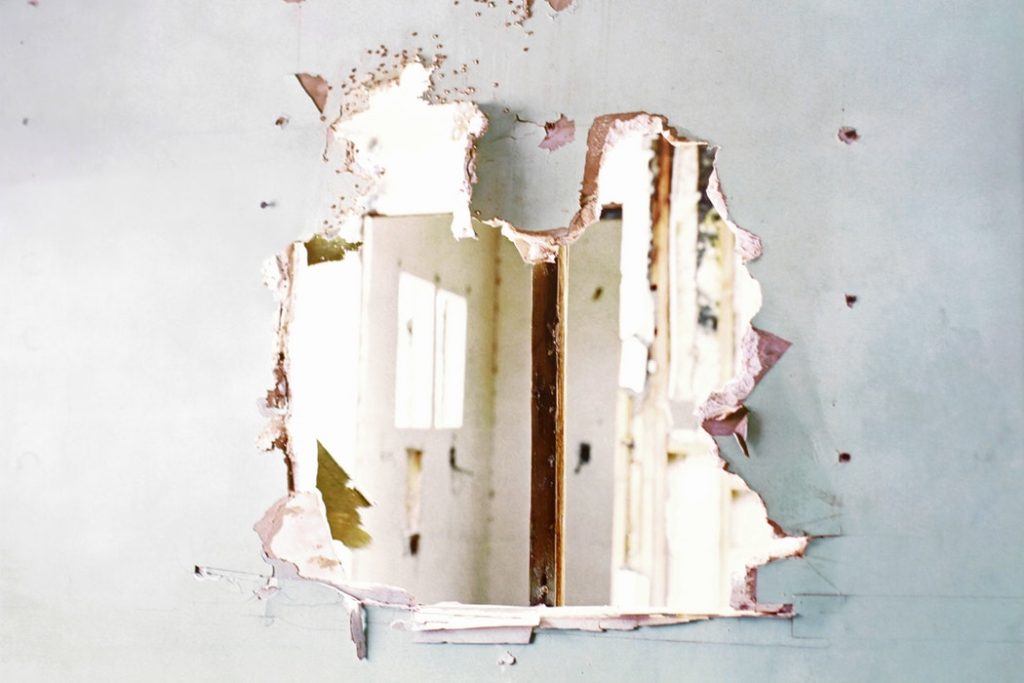
It’s fair to say that most of us dream of buying our own home, right? That first step on the property ladder is an exciting milestone in our lives. It is representative of independence, responsibility and yes, becoming a ‘real’ adult!
However, for many it can be a lengthy and stressful process. Finding a suitable property in the right location, and at an affordable price is not easy, particularly for today’s generation.
For those of us with a disability, the task is far greater. To some, being able to live independently in your own home, whether renting or buying, feels like an unreachable goal. If and when you’re able to find a property to suit your requirements, you then face the inevitable task of adapting it to ensure it’s fully accessible.
While this can be daunting and even off-putting, if you choose to take a positive perspective, it could be considered a fun, and thoroughly rewarding project.
Remember, you don’t necessarily need to wait for an accessible property to become available. Alternatively, why not find the home you love and adapt it so that it’s perfect for you.
1. Taking Your Time
Perhaps most importantly, don’t rush the process (tempting though this may be). Of course, we’re all impatient to leave the family nest and move into our own place. This is major undertaking (particularly for disabled people) and a great expense, therefore it needs to be done right. It may take months, it may take years! Believe me, I know how disheartening the waiting game can be. But is really is essential to take your time.
2. Consulting A Contractor
Once you have found a suitable property, where applicable, the next step is to consult contractors (ie. builders). If structural work is necessary, seek advice and obtain quotes from at least three builders. I would also advise checking out a range of accessible homes. This will provide information and inspiration, thereby enabling you to plan your new home effectively.
3. Estimating The Budget
Obviously, there is no point obtaining quotes and making calculations if you are unaware of your overall personal budget. It is imperative, from the start, that you establish an estimated budget, and that you stick to it. You could fund the adaptations using savings, your original house buying budget, or you may choose to investigate the option of long term loans. Either way, ensure you have a genuine estimated budget.
4. Making It Your Own
When modifications are required to make a home accessible, it will affect the physicality and aesthetic of the property. For example; ramps, wider doors, level access, hand rails, lifts, lowered units and ceiling track hoists – these are all very visible features. You may feel like you are having to forego style and character in favour of practicality – and it’s okay to feel that way. But regardless of the extent of the adaptations, you can always make your mark. With a little planning and creativity, you really can make an accessible property your own. Have fun with furnishing and decorating your new home.
5. Making Room For Your Things
Whilst working with professionals (occupational therapists, builders etc) who will help to adapt the property to your specific needs, you’ll also want to make sure there is room for your personal items and equipment. Make a list of everything you will need to store – from wheelchairs to hoists.
At the end of the day, thorough planning is key! Prepare, plan and be patient…

Great advice Carrie . As you may know I underwent that whole gammit last year and thoroughly enjoyed the process and especially the outcome